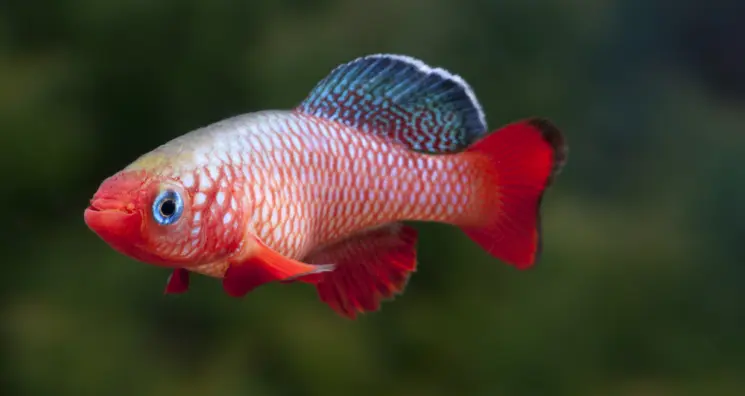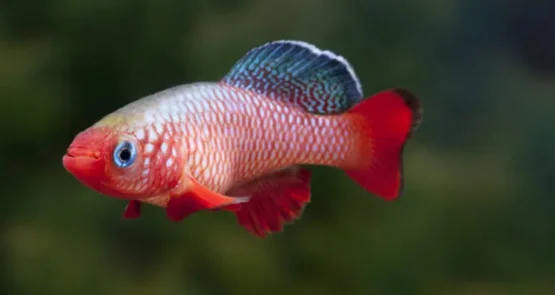Researchers publishing in npj regenerative medicine have found that destroying senescent cells through a well-known senolytic combination gives older killifish back some of their regenerative abilities.
Regeneration, for a while
Killifish, like starfish and salamanders, are some of the most well-known regenerators of the animal kingdom, able to even regenerate brain tissue [1]. However, these animals age rapidly, and they lose their abilities with aging: injuries that would have been regenerated become permanent losses instead [2].
This fact makes them ideal for studying aging and potential interventions against it, as researchers seek to discover what exactly is changing over that time. Senescent cell removal is one of those interventions, and these researchers have chosen the popular senolytic combination of dasatinib and quercetin to discover what it might do for older killifish.

Read More
Substantial but incomplete benefits
These researchers took six killifish, young and old, and examined the proteins in their brains. Of the 1413 proteins they found, 398 had different levels between young and old fish. Many of these proteins are already associated with aging [3]. A pathway analysis links many of the reduced proteins to DNA repair and the increased proteins to cellular senescence.
As expected, senescent cells, as measured by the established biomarker SA-ß-gal, increased as well. The number of cells expressing this biomarker was five times higher in the brains of the aged fish.
Dasatinib and quercetin also behaved as expected. As these fish age very rapidly, the researchers chose to dose them at a very old age. This treatment decreased the number of cells expressing SA-ß-gal by 30%. They then performed the most important test: determining if regeneration was restored.
By injuring the brains of aged, treated fish and treated controls, the researchers found that removing senescent cells did indeed restore some of the animals’ regenerative abilities. Interestingly, the number of quiescent, non-dividing glial cells did not change. However, the number of dividing progenitor cells, the cells that lead to regeneration and replenishment ot tissues, was significantly increased by senolytics. The number of freshly created neurons was nearly doubled in the treated animals.
While the benefits were substantial, they were not complete. The aged killifish still had scars from the injury, which does not occur in younger killifish.
What this means for people
Senescent cells work differently in other marine life forms: in cnidarians, cellular senescence is a key part of whole-body regeneration. Killifish, despite their regenerative abilities, appear to be more like mammals in this respect. Senescent cells can encourage growth in some contexts, but excessive senescent cell burden destroys regenerative capacity instead.
Any potential rejuvenative therapy, therefore, must take the signaling environment and the SASP into careful account. If scientists want to give people the regenerative abilities of killifish, they must first understand what, at the molecular level, allows those abilities to happen. This research takes an important step towards that goal.
Literature
[1] Van Houcke, J., Marien, V., Zandecki, C., Seuntjens, E., Ayana, R., & Arckens, L. (2021). Modeling neuroregeneration and neurorepair in an aging context: the power of a teleost model. Frontiers in Cell and Developmental Biology, 9, 619197.
[2] Van Houcke, J., Marien, V., Zandecki, C., Vanhunsel, S., Moons, L., Ayana, R., … & Arckens, L. (2021). Aging impairs the essential contributions of non-glial progenitors to neurorepair in the dorsal telencephalon of the Killifish Nothobranchius furzeri. Aging Cell, 20(9), e13464.
[3] Tozzini, E. T., Baumgart, M., Battistoni, G., & Cellerino, A. (2012). Adult neurogenesis in the short-lived teleost Nothobranchius furzeri: localization of neurogenic niches, molecular characterization and effects of aging. Aging cell, 11(2), 241-251.



